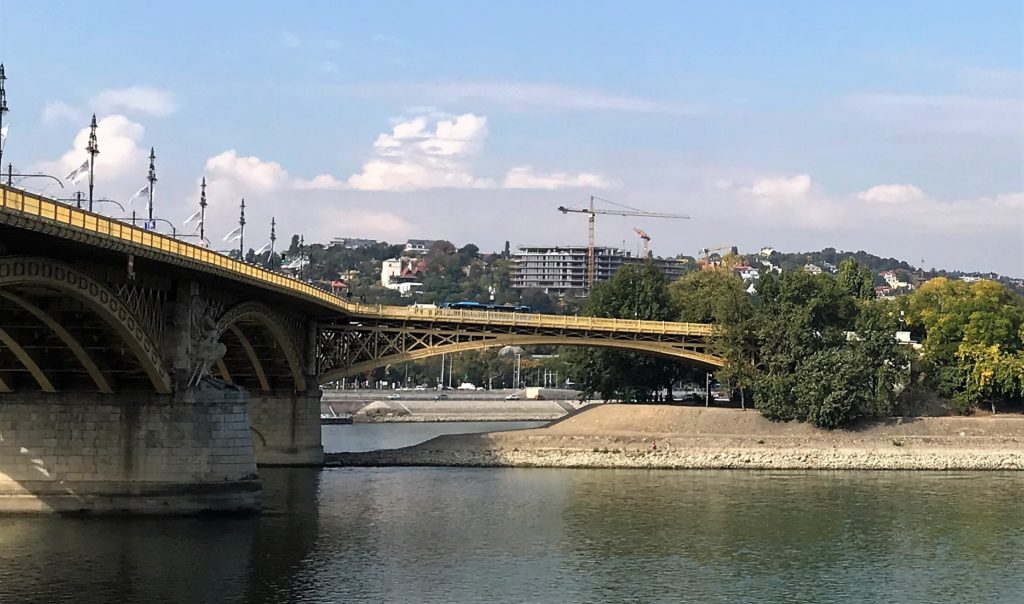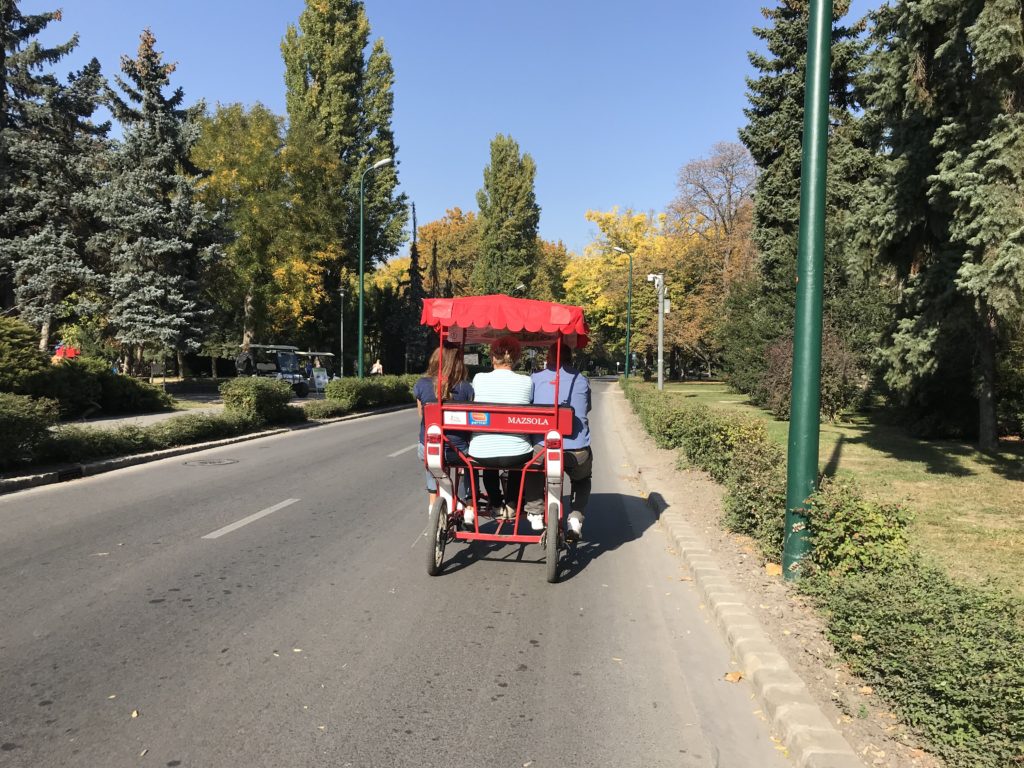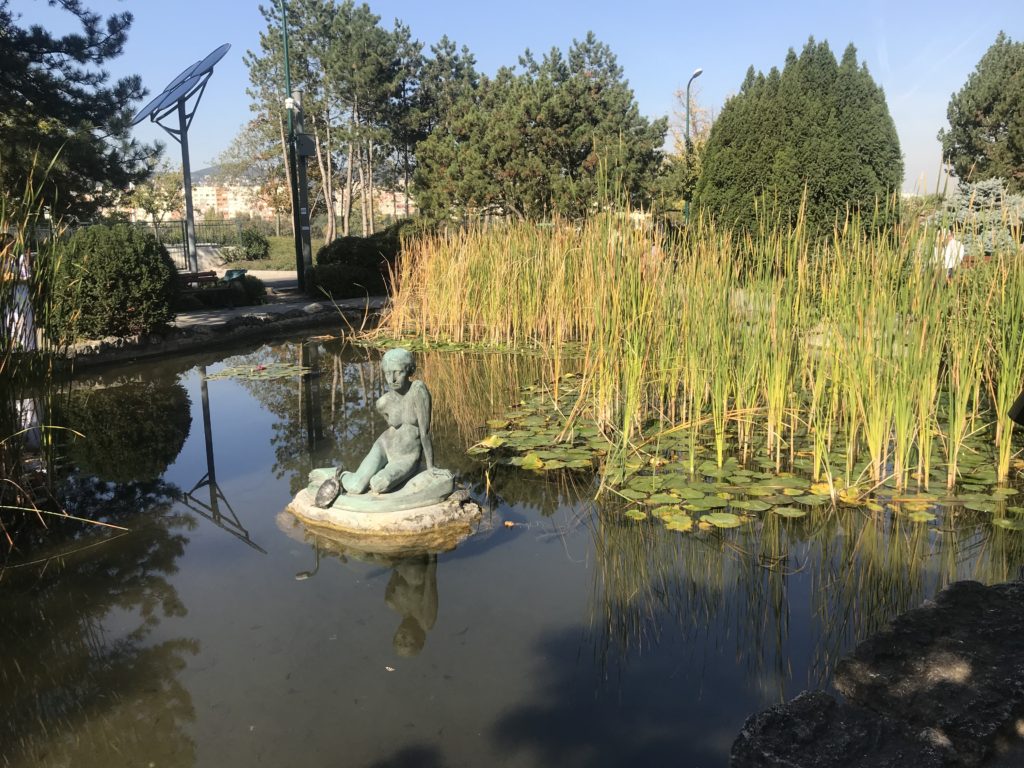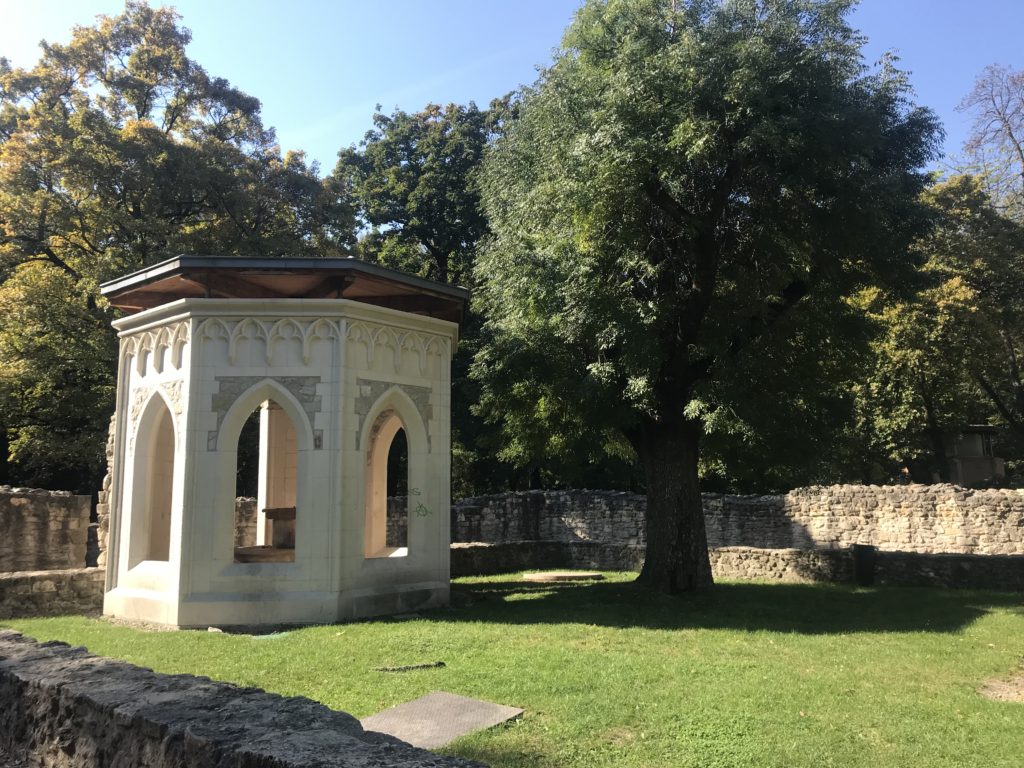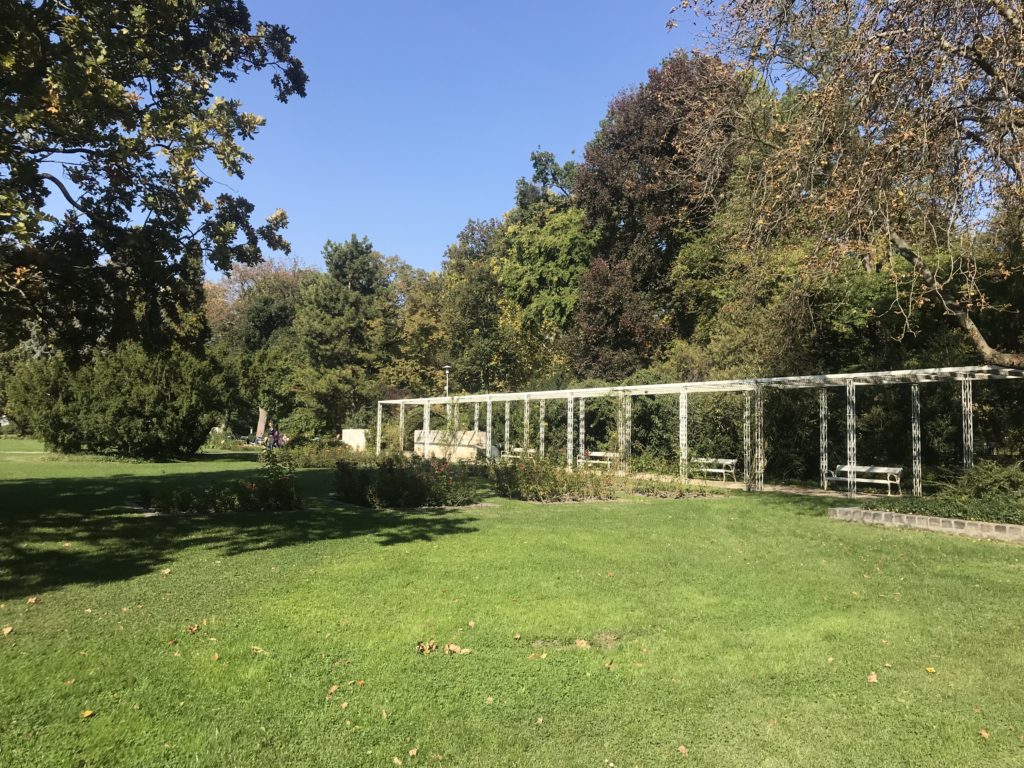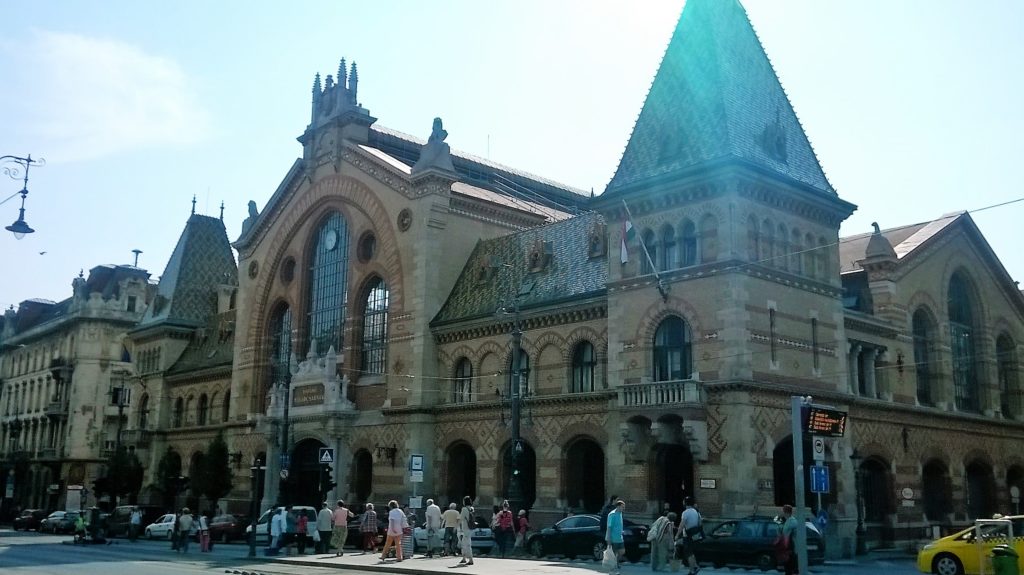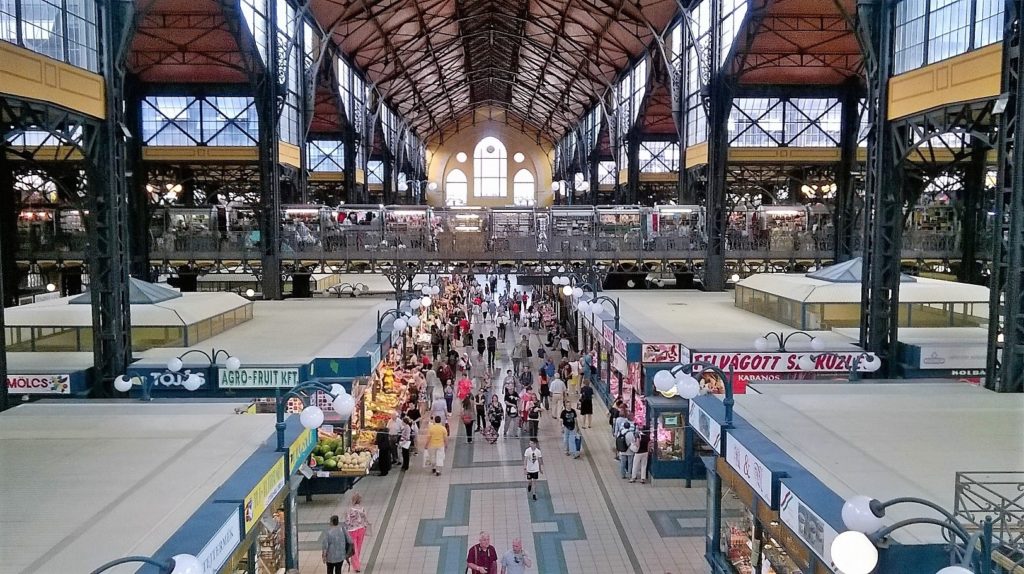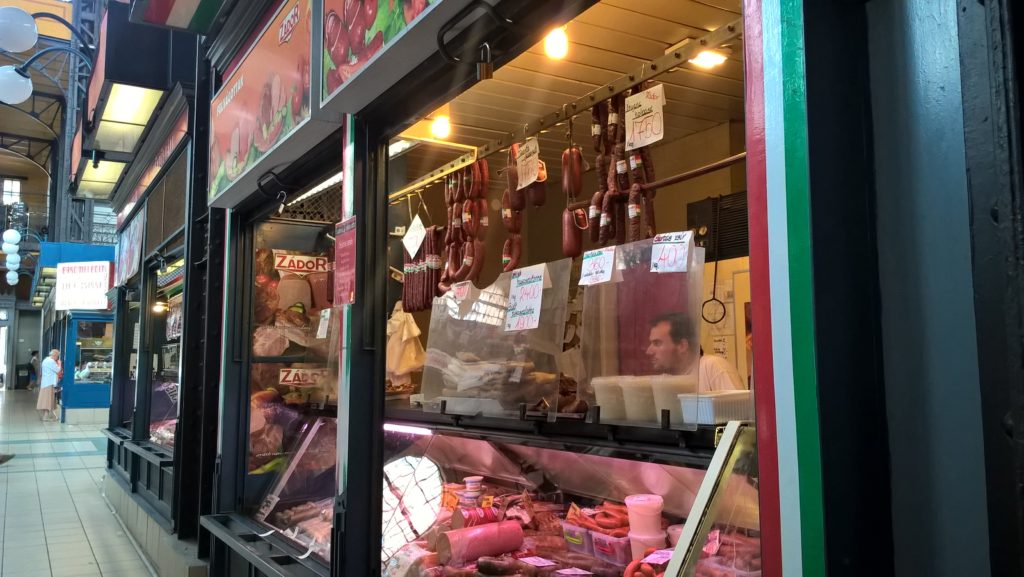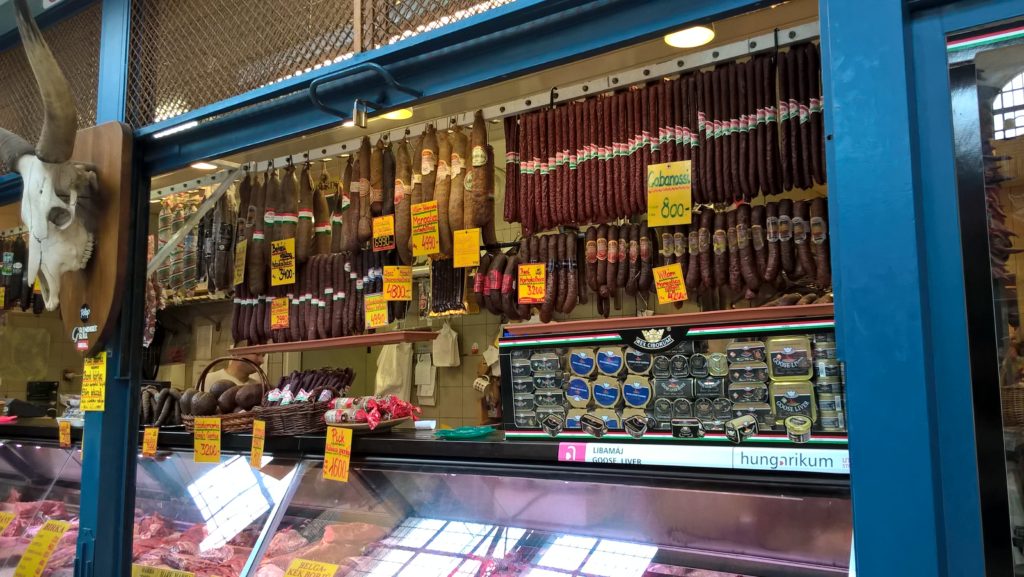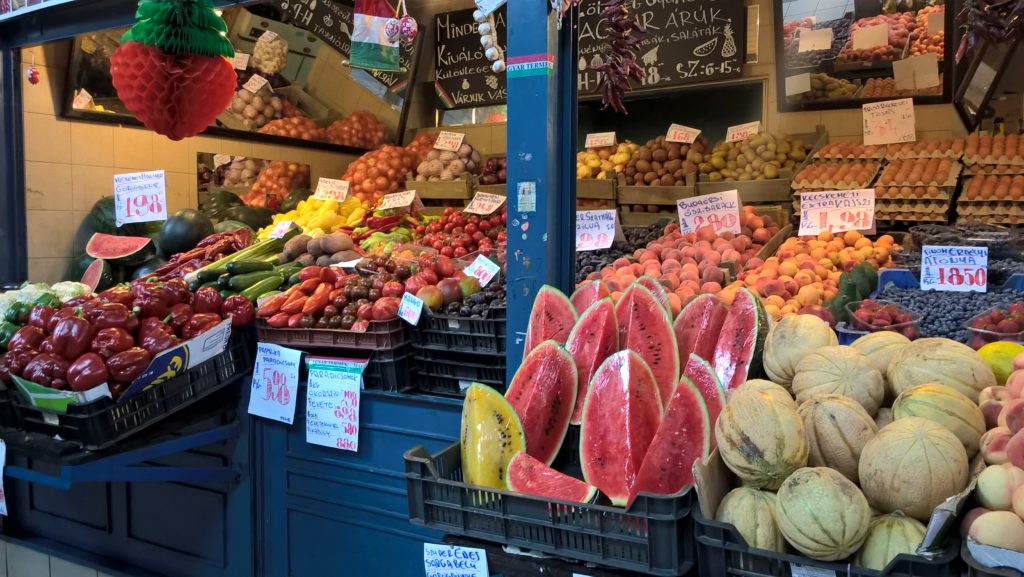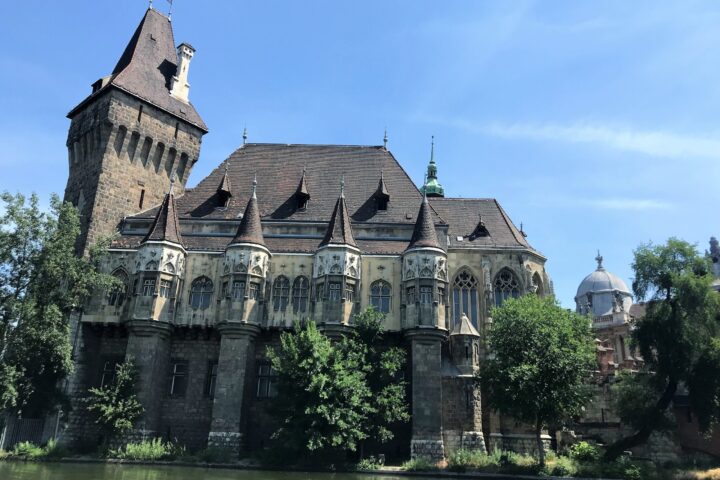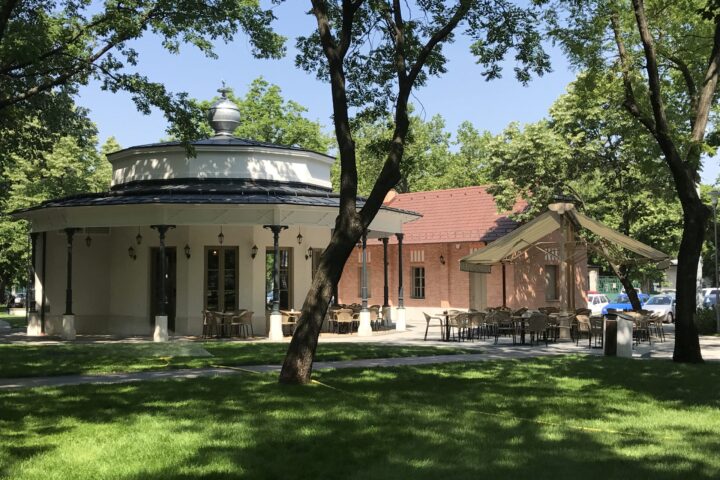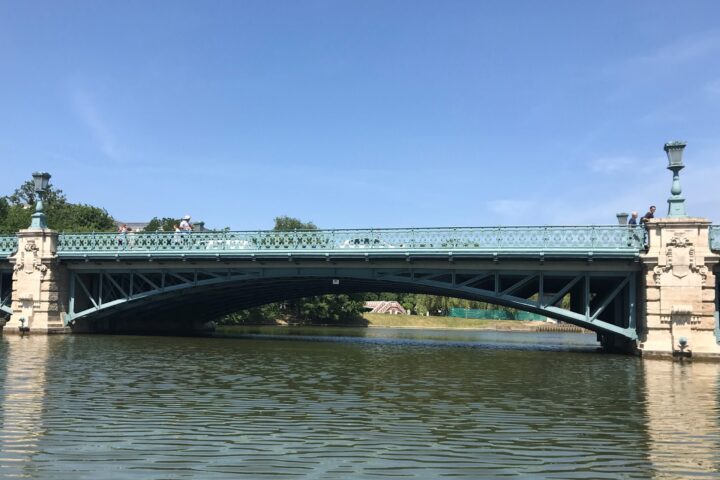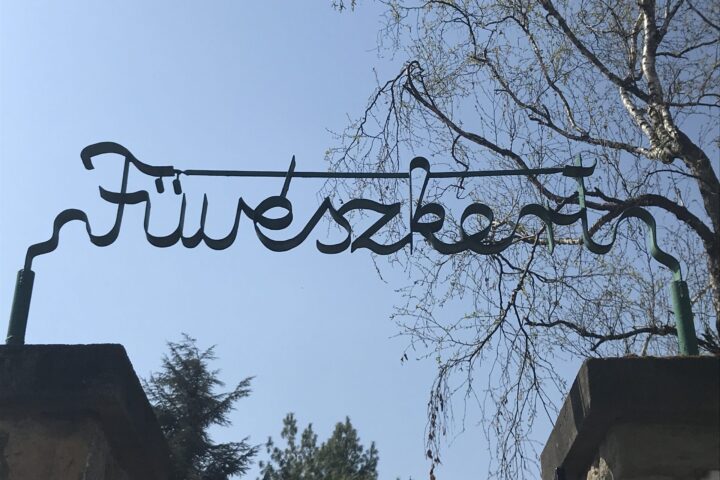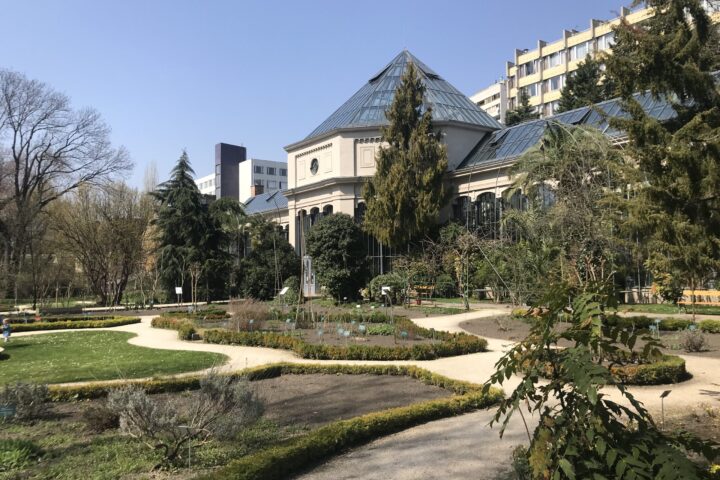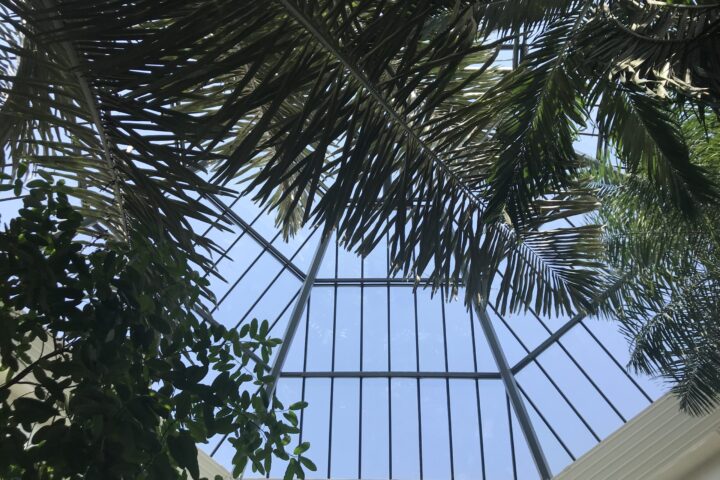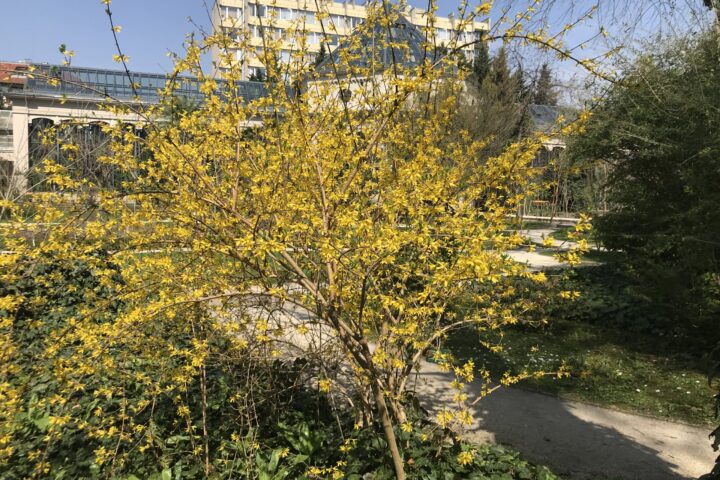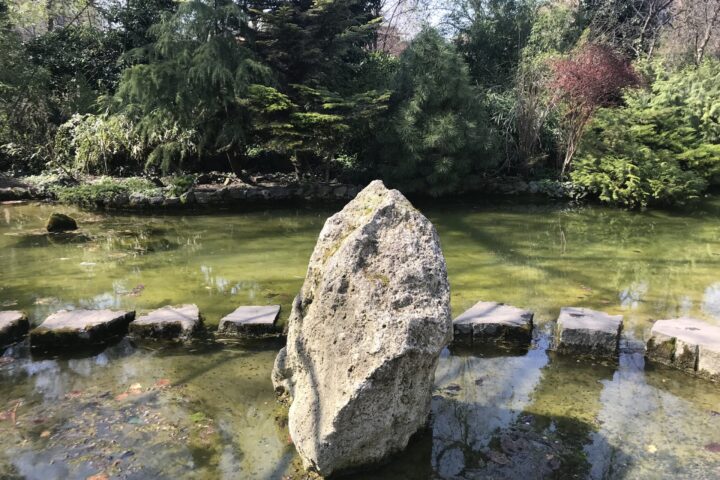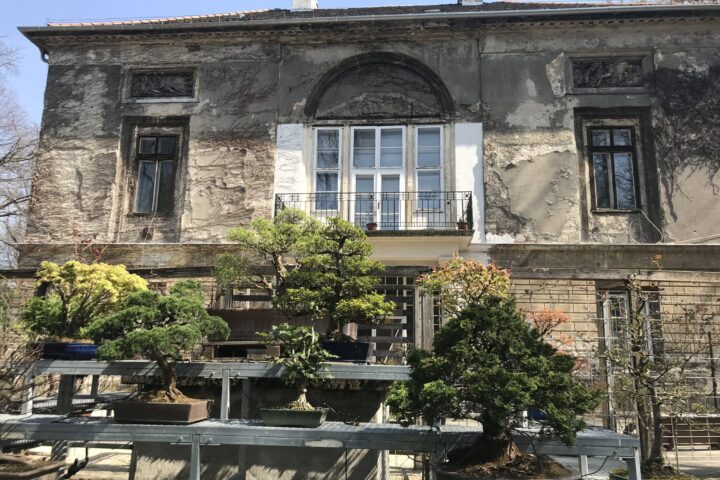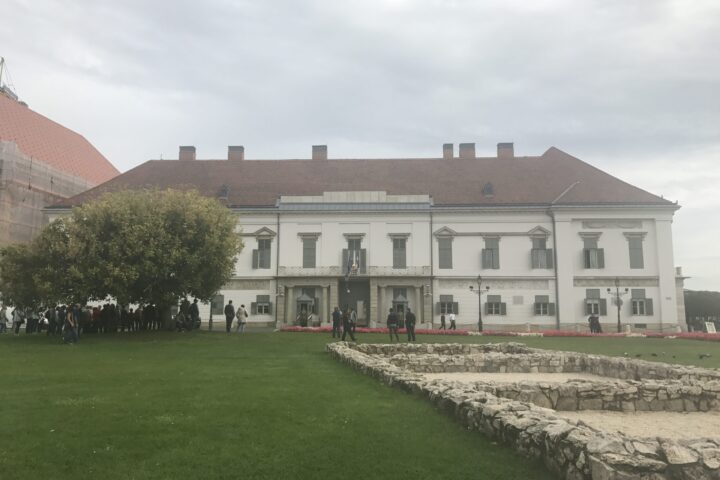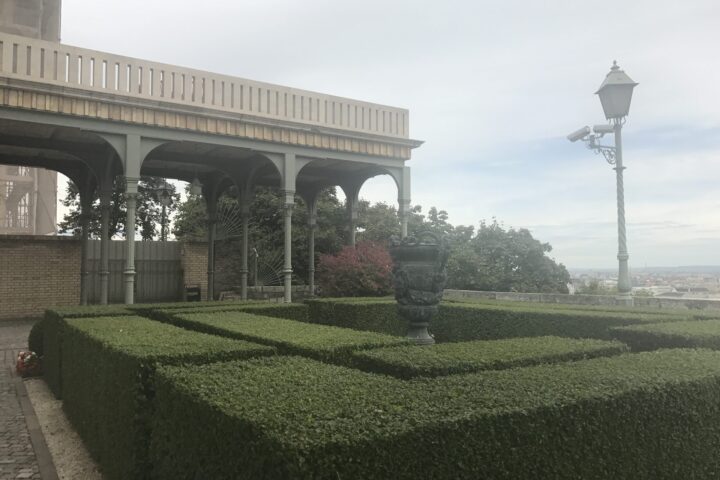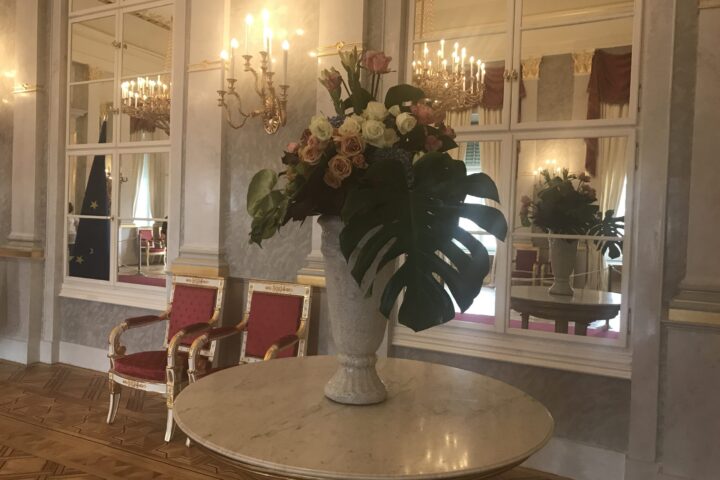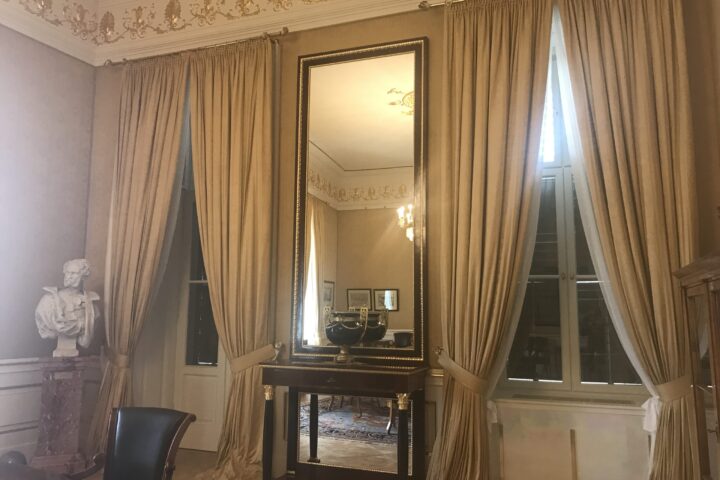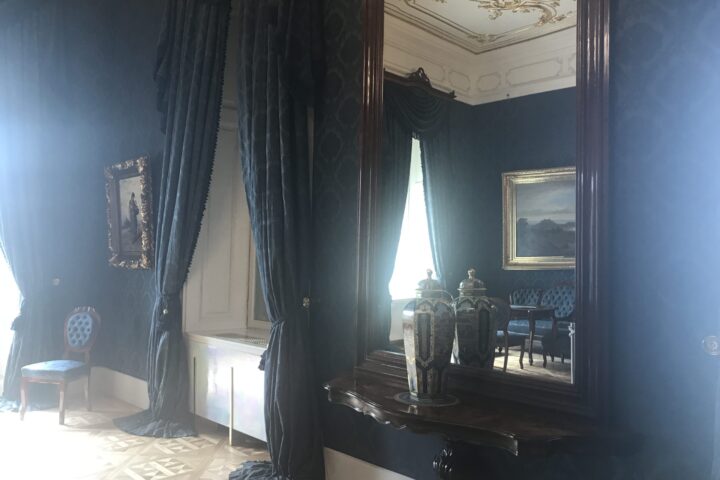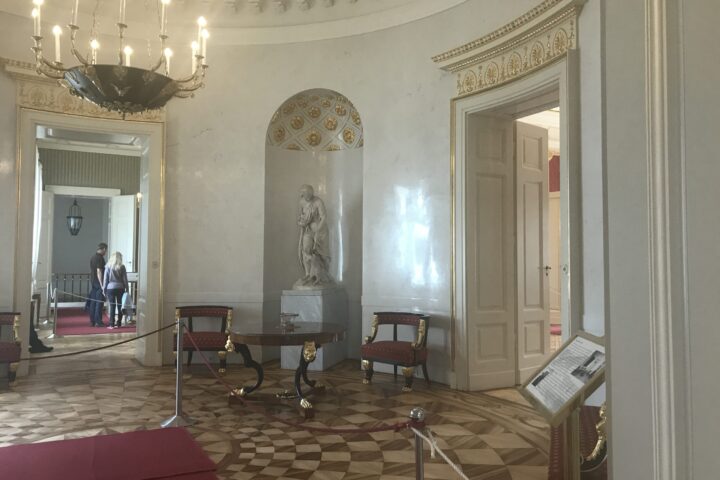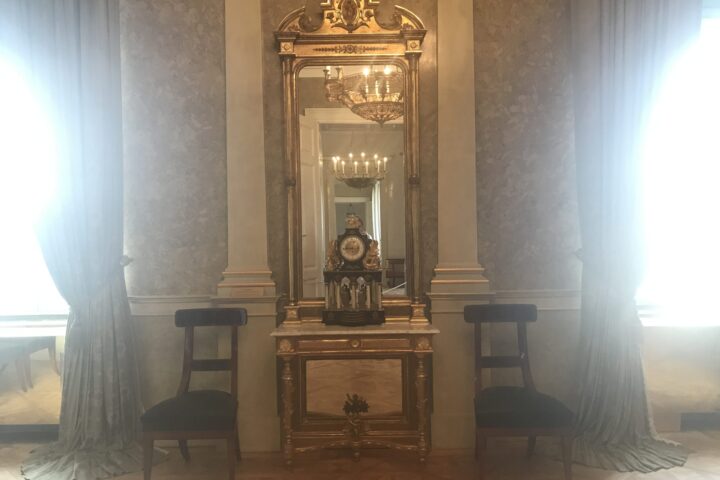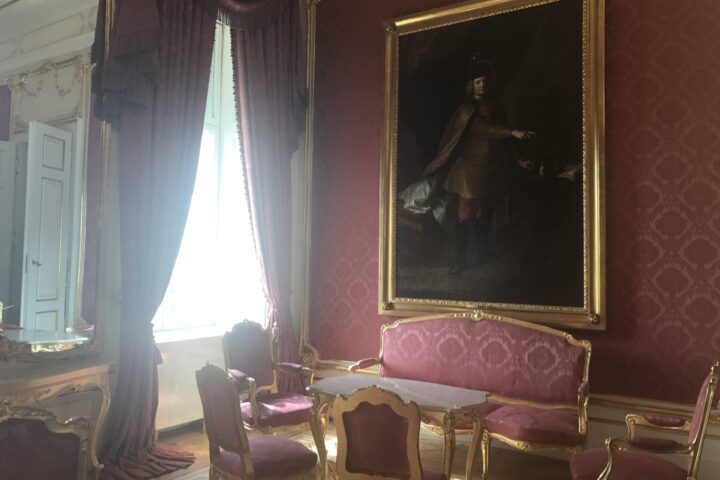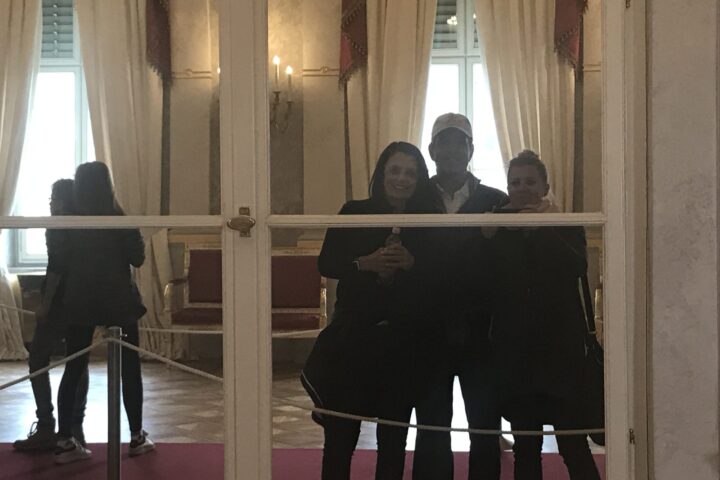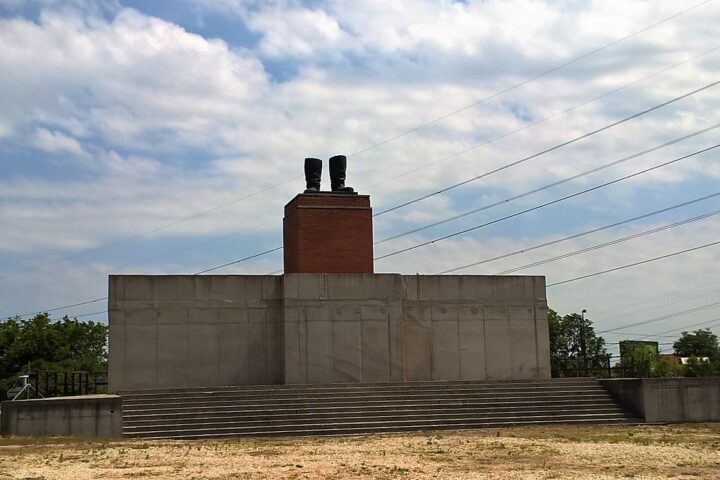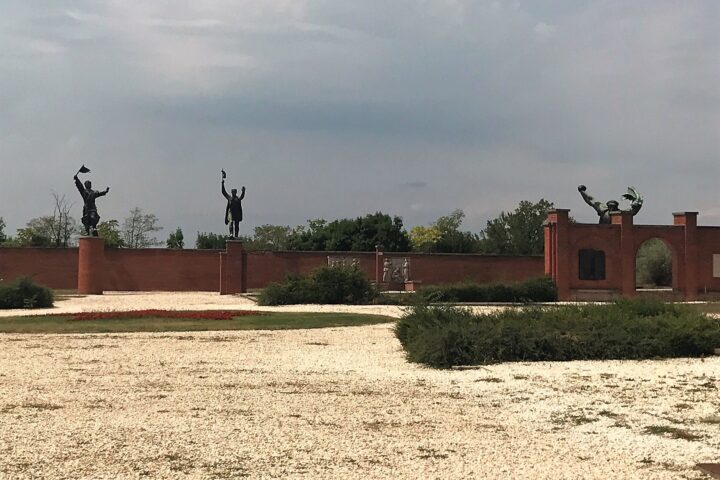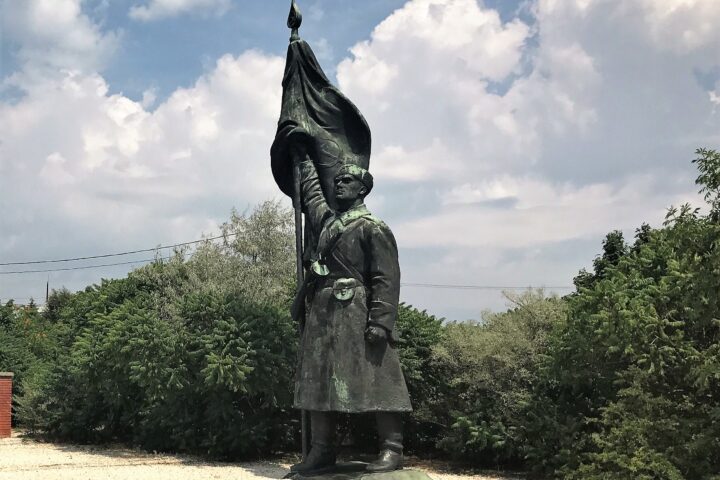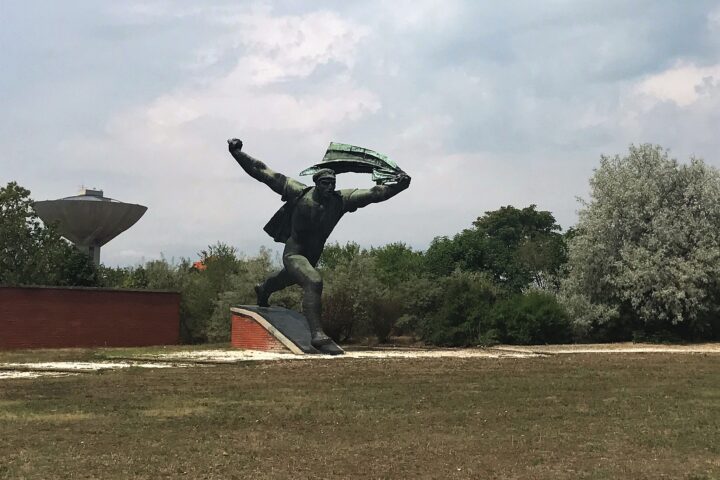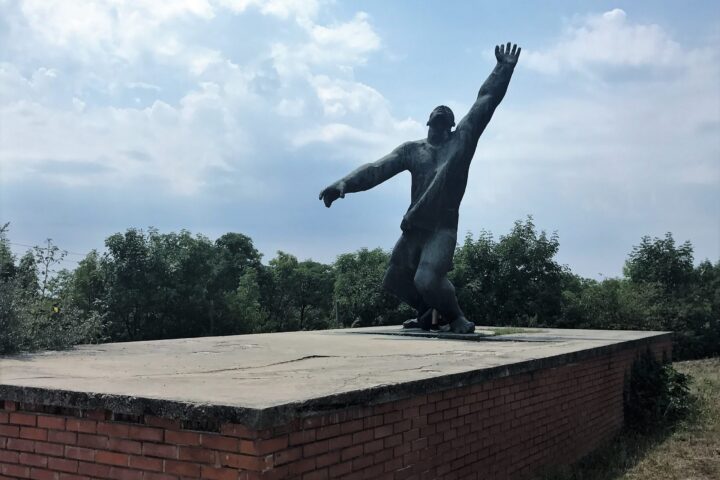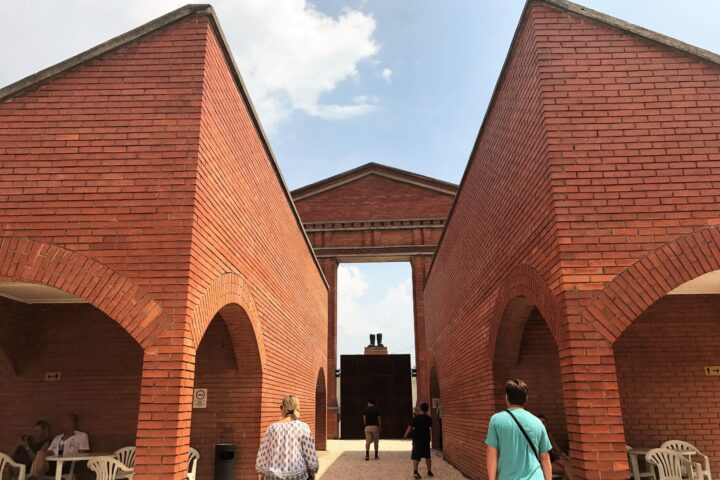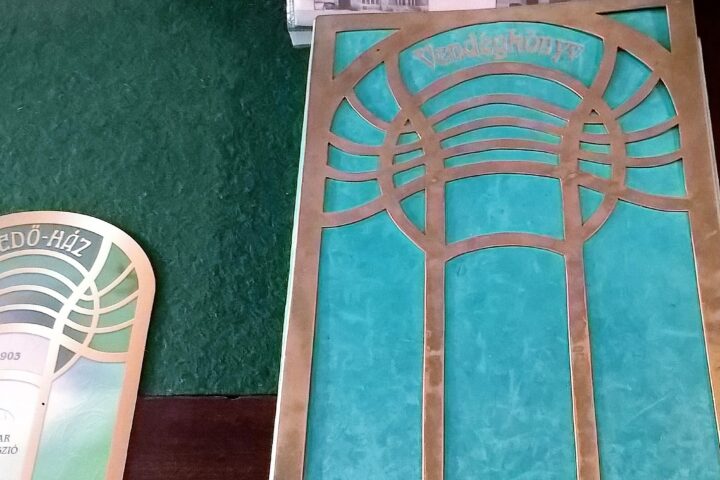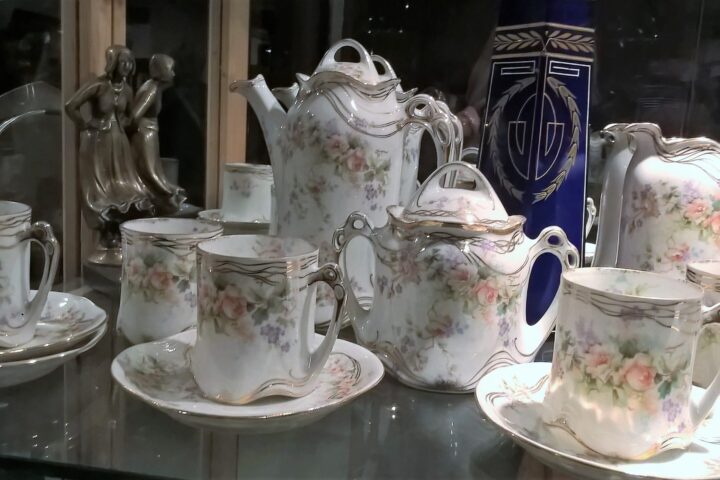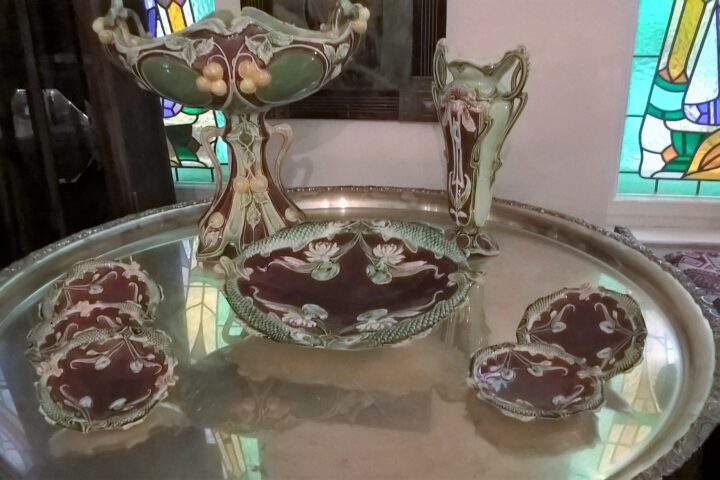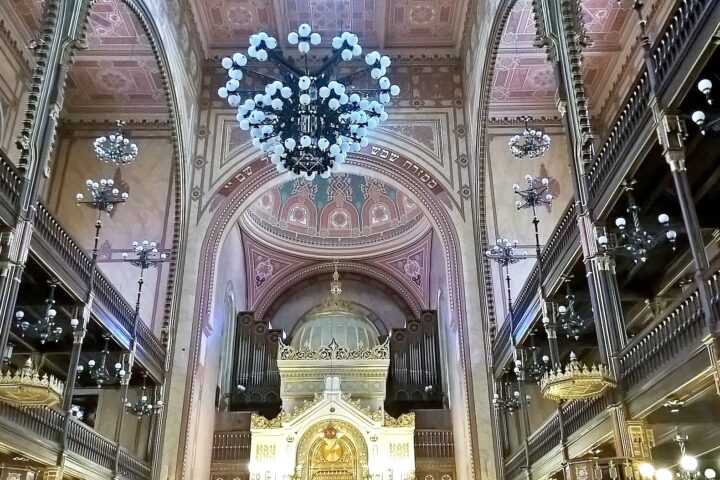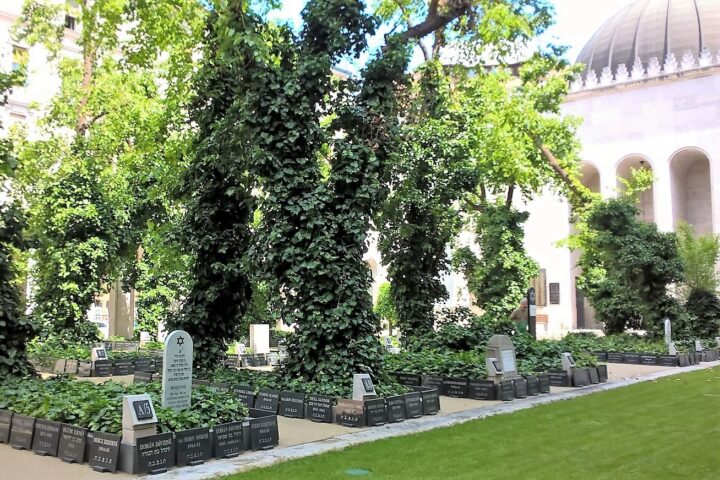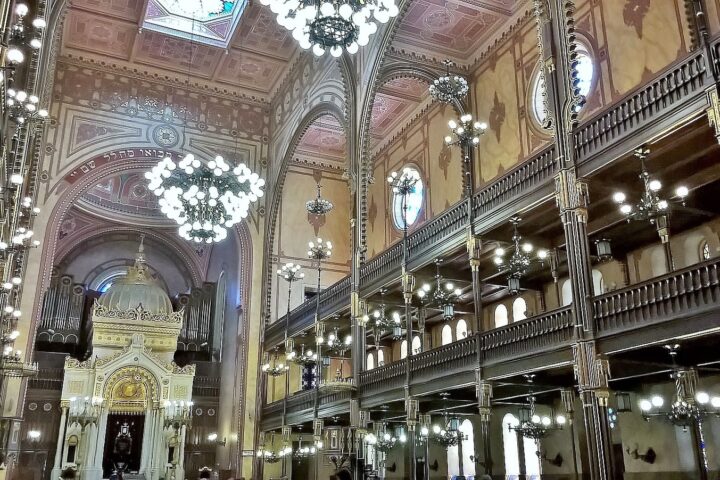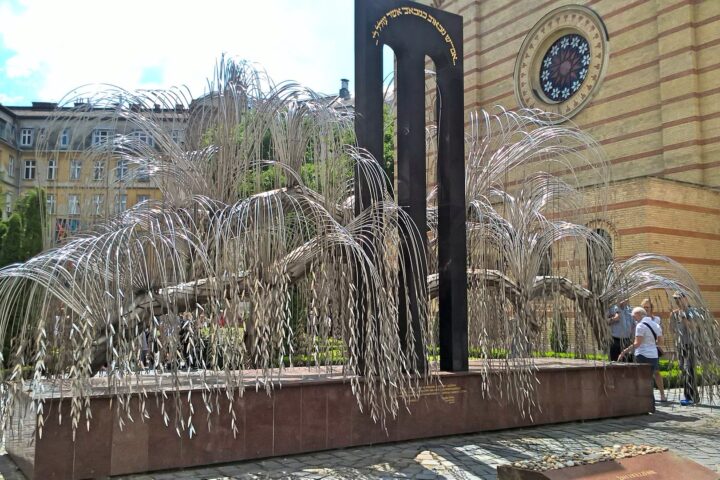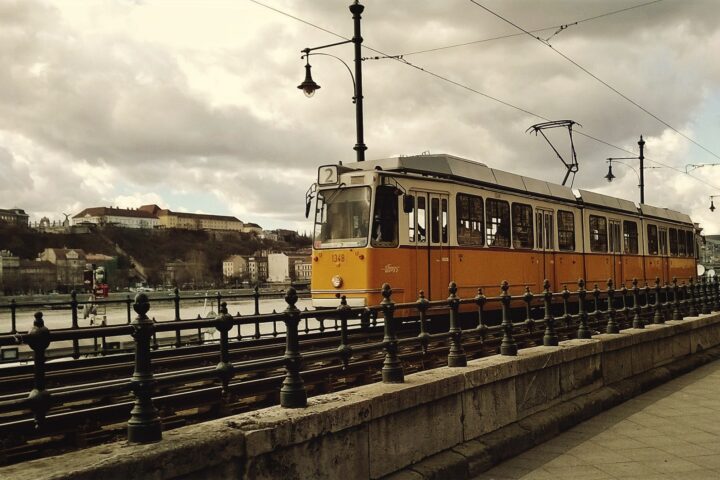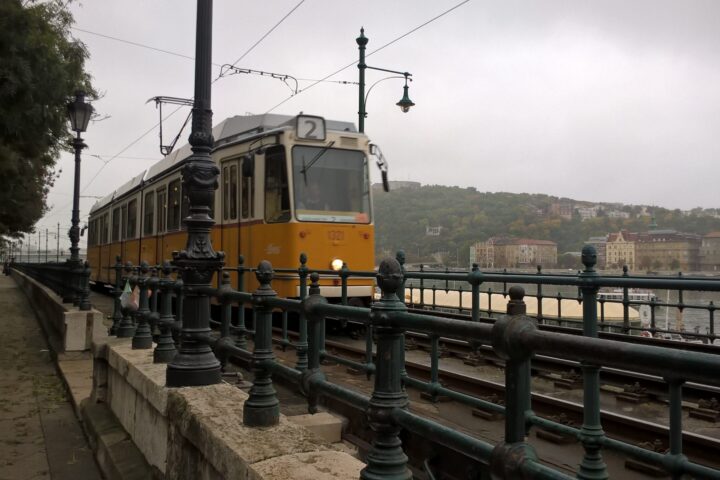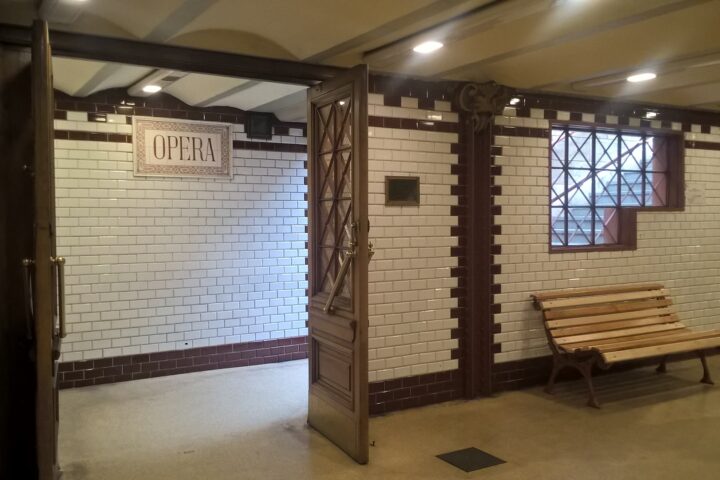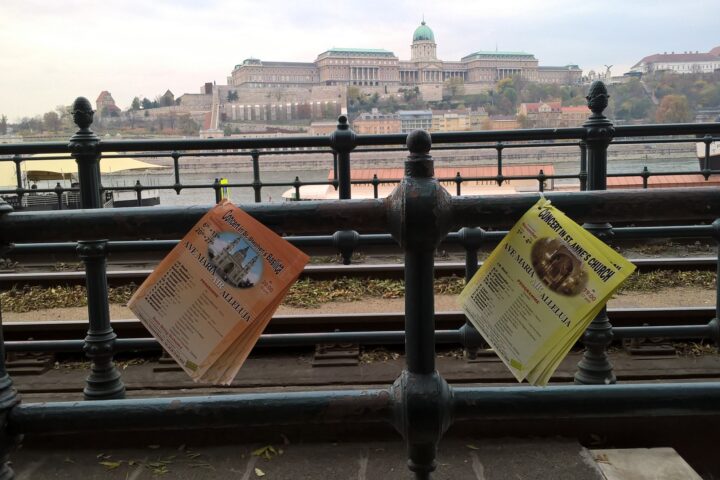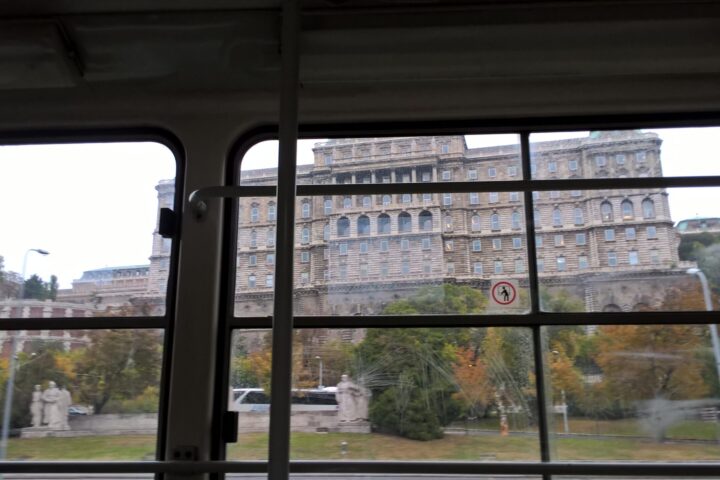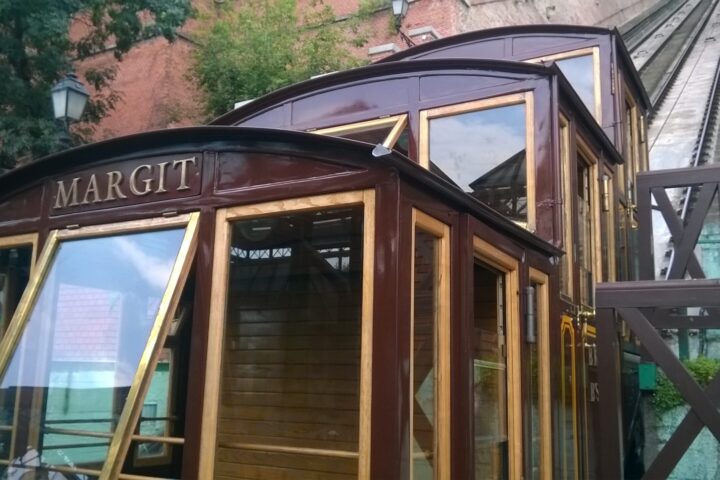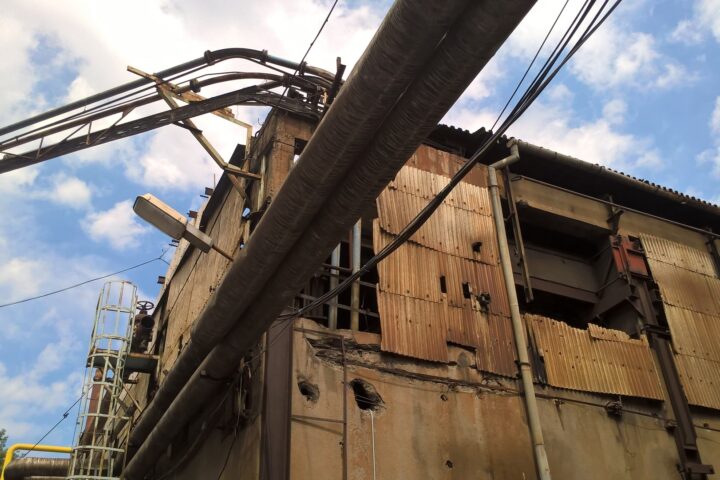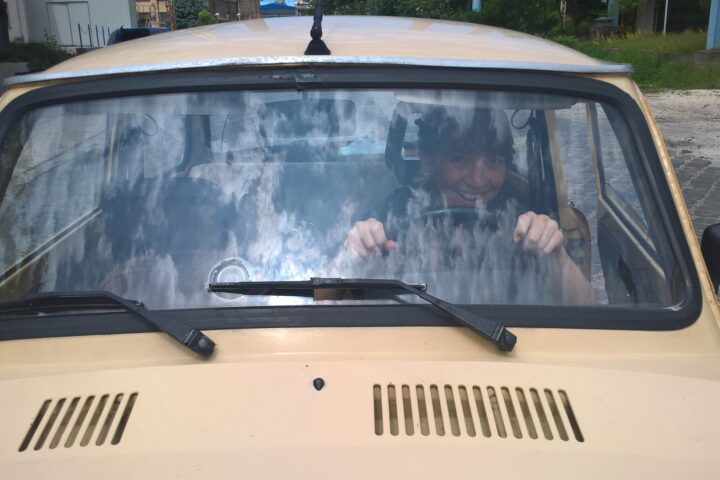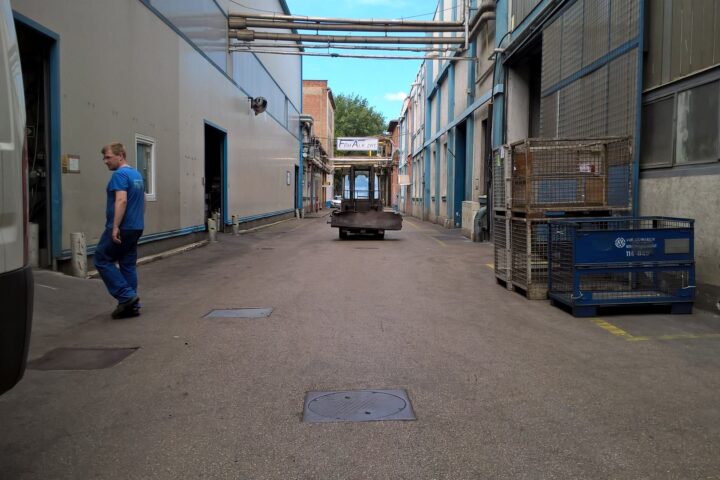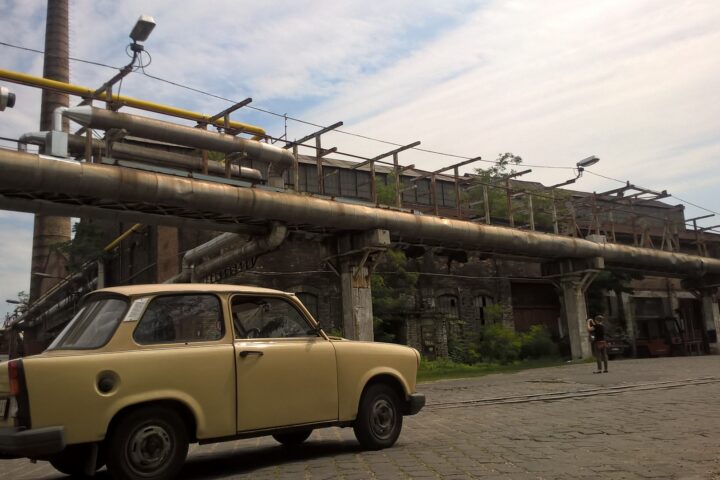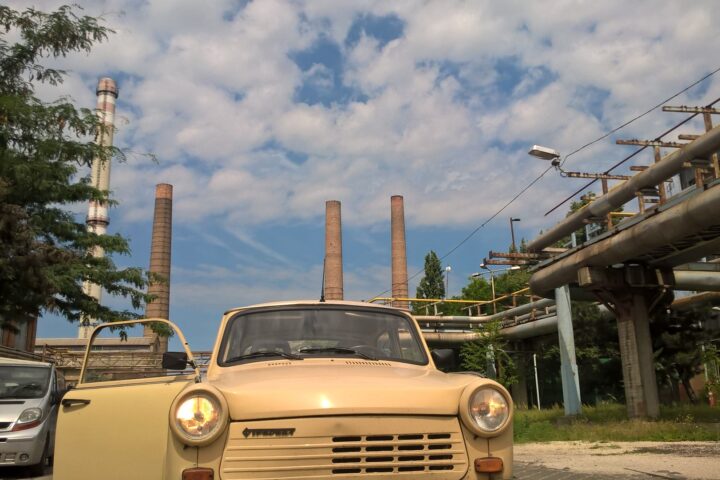I very often tell my guests to walk as much as they can, walking around is probably the best way to discover a new place; you have enough time to admire even the smallest details and to absorb the atmosphere of the city. But, if you feel you're too tired to walk, you can also choose public transport. Here is a list of some of the best options if you're about to explore the everyday life of locals. And, don't forget to validate your ticket! Metro #1, the 120-year old metro connects the city center with the City Park. Taking the metro is a real time-travel, some of the stations are authentic from the end of the 19th century. Tram #2, the streetcar or tram (short for tramway) rides all along the Pest side of the Danube river between the Margaret and the Petőfi bridges. Famous for the best view over the Parliament and the beautiful Buda hills. Bus #16, the one and only bus taking to you to the historic old town of Buda, the buses are small and usually very crowded. It crosses the river on the 170-year old Chain Bridge and the journey ends on the cobblestoned streets of the Buda Castle District. Funicular: it's exactly like the one that appears at the beginning of 'The Grand Budapest Hotel', it's great fun although very busy, take it from the top of the Castle hill to the Chain Bridge if you want to skip the line.
I very often tell my guests to walk as much as they can, walking around is probably the best way to discover a new place; you have enough time to admire even the smallest details and to absorb the atmosphere of the city.
But, if you feel you’re too tired to walk, you can also choose public transport. Here is a list of some of the best options if you’re about to explore the everyday life of locals. And, don’t forget to validate your ticket!
Metro #1, the 120-year old metro connects the city center with the City Park. Taking the metro is a real time-travel, some of the stations are authentic from the end of the 19th century.
Tram #2, the streetcar or tram (short for tramway) rides all along the Pest side of the Danube river between the Margaret and the Petőfi bridges. Famous for the best view over the Parliament and the beautiful Buda hills.
Bus #16, the one and only bus taking to you to the historic old town of Buda, the buses are small and usually very crowded. It crosses the river on the 170-year old Chain Bridge and the journey ends on the cobblestoned streets of the Buda Castle District.
Funicular: it’s exactly like the one that appears at the beginning of ‘The Grand Budapest Hotel’, it’s great fun although very busy, take it from the top of the Castle hill to the Chain Bridge if you want to skip the line.
